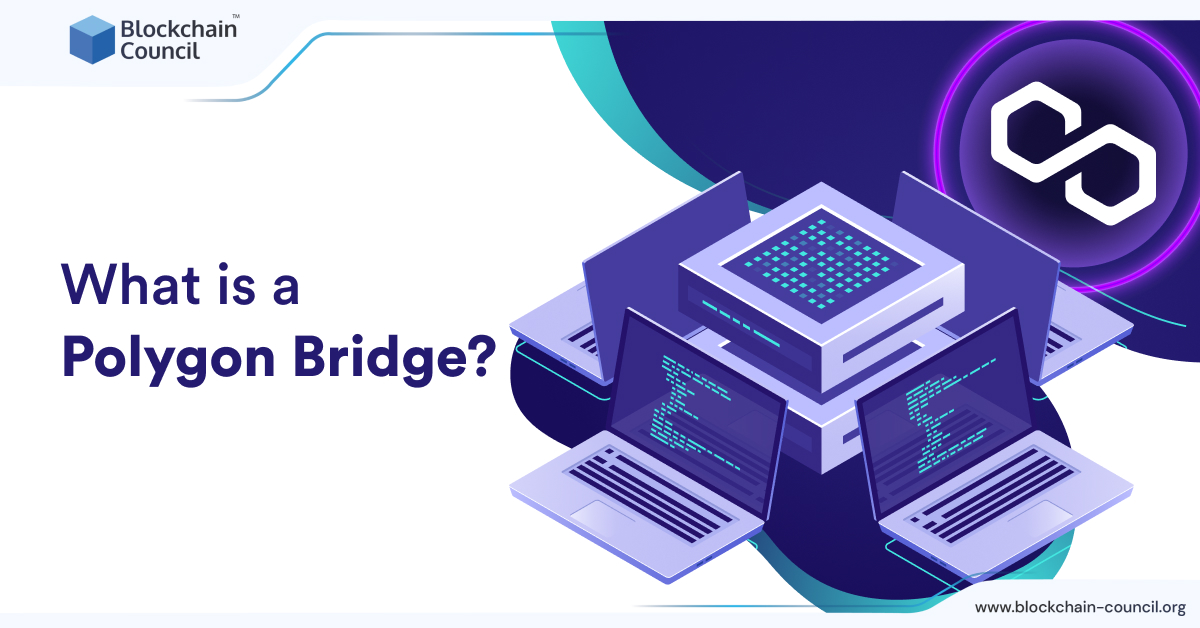
- Blockchain Council
- September 17, 2024
Summary:
- A Polygon bridge is built on top of the Ethereum network and is designed to address Ethereum's scalability issues.
- Polygon is a layer-2 scaling solution that offers faster and cheaper transactions compared to the Ethereum network.
- Polygon also provides tools that make it easier for developers to create decentralized applications and enhance scalability.
- Polygon's creative toolkit has enabled the deployment of multiple DeFi applications, such as Aave and Curve.
- Polygon is a network of interconnected side chains that can process transactions off the Ethereum main chain.
- This off-chain processing helps to reduce the load on the Ethereum network, which can become congested during times of high activity.
- Transactions on the Polygon network are settled on its side chains and then periodically confirmed on the Ethereum main chain, which ensures the security and integrity of the network.
- The bridge acts as a connector between the two networks and allows users to transfer assets seamlessly and securely.
- The Polygon bridge is built using the Plasma framework, which is a layer-2 scaling solution that allows for faster and more efficient transactions.
Introduction
Blockchain development is one of the most daunting and complex tasks, and several limitations imposed by the technology can be a major challenge for developers. One such limitation is called interoperability. In the Blockchain world, interoperability is a major challenge that has hindered the growth and adoption of this technology. Blockchain networks are designed to operate independently, making interacting difficult for different networks.
With the advent of bridges, Blockchain interoperability has become a reality. Developers aware of this issue and know how to use Blockchain bridges to enable interoperability are in great demand as it creates apps that can work on different chains at once without deploying them separately on every chain.
Polygon Bridge is a technology that allows users to transfer assets between different Blockchain networks. It is a crucial component of the Polygon ecosystem, a layer-2 scaling solution built on top of the Ethereum network. Polygon Bridge enables interoperability between Ethereum and other Blockchain networks, including Binance Smart Chain, Avalanche, and more. In this blog, we will discuss Polygon Bridge in detail.
Basics of Blockchain Interoperability
Before delving into Polygon Bridge, it is essential to understand the basics of Blockchain interoperability. Interoperability refers to the ability of different Blockchain networks to communicate and exchange information seamlessly. The underlying structure of interoperability is to enable cross-chain messaging protocols that will allow different Blockchains to make changes in the information or data stored on other chains efficiently. As an aspiring developer, understanding how interoperability works is extremely important. With more and more applications adopting interoperability, developers with the required knowledge will become one of the most sought individuals in the Web-3 space.
Interoperability is crucial for creating a connected ecosystem where users can freely move assets between networks. As the Web-3 landscape becomes more complex, with multi-chain and multi-layered applications gaining preference, interoperability becomes extremely necessary. Interoperability has been a significant challenge for Blockchain networks due to their decentralized nature. Each network operates independently with consensus mechanisms, token standards, and transaction protocols.
Blockchain bridges are introduced to introduce interoperability, which has simplified Blockchain development substantially. Bridges are software applications that allow Blockchain networks to communicate and transfer assets. They are designed to act as intermediaries between two networks and facilitate the transfer of assets and information. One such bridge is the Polygon bridge which was introduced to make the development of Ethereum-based applications more smooth by making the transfer of data between applications on different chains through Ethereum possible.
Become a Certified Blockchain Developer
Understanding Polygon
To understand what a Polygon bridge is, it is necessary to understand the working of a Polygon. It is a layer-2 framework and scaling solution built on the Ethereum network. Formerly known as Matic Network, Polygon aims to solve Ethereum’s scalability issues by offering faster and cheaper transactions. Polygon also offers tools that enable developers to create decentralized applications more efficiently and help them with scalability. Polygon recently gained popularity because its creative toolkit enabled deploying multiple Defi applications such as Aave and Curve.
Polygon achieves this by using a sidechain architecture that enables off-chain computation. Polygon offers unique features and benefits, including faster transaction speeds, low gas fees, and interoperability with other Blockchain networks. Polygon’s focus on interoperability is particularly important as it enables the platform to connect with other Blockchain networks and expand its ecosystem. But you can only use these tools and features when the assets are on a Polygon Blockchain. This problem is addressed using a Polygon bridge that helps establish the communication protocol between two chains and makes transferring assets like Nfts and ERC tokens possible.
Basics of Polygon Bridge
Polygon has always been notoriously popular for its faster and cheaper translation. Thus, when working on a project, different developers and Blockchain specialists try to employ Blockchain to profit from their apps’ cheaper and smoother deployment. But the decentralized nature of Blockchains doesn’t allow for the cross-chain transfer of information, thus the need for a tool to make this possible.
Polygon bridge allows developers to connect multiple systems and chains and provides a united interface to transfer assets and data. It provides businesses a framework to manage, integrate or view their data on different chains in a unified channel, creating a smooth and flexible solution per the complex problems persistent in Web-3 and Blockchain development.
Based on an open-source framework, Polygon Bridge can access it through cloud-based software and employ it whenever they need them because of its microservice architecture. It can be used without making any changes to the existing infrastructure of the program.
Polygon Bridge utilizes a set of smart contracts that operate on both the Ethereum and Polygon networks to facilitate asset transfers between the two networks. These smart contracts act as intermediaries between the two networks, enabling users to deposit and withdraw assets from either network.
Transferring assets between the Ethereum and Polygon networks involves a few steps. First, the user deposits their assets on one network using the Polygon Bridge interface. Then, the Polygon Bridge smart contracts mint a corresponding amount of Polygon-compatible tokens on the other network, representing the user’s deposited assets.
Once the user’s assets have been transferred to the other network, they can access various decentralized applications and services. Users who want to withdraw their assets simply initiate a withdrawal transaction through the Polygon Bridge interface, which burns the Polygon-compatible tokens and releases the corresponding amount of assets on the original network.
How Does Polygon Bridge Work?
Now, we will try to understand how the Polygon bridge works; this will help the young developers grasp the technology’s knowledge efficiently. Obtaining the necessary information about the Polygon Bridge will help them and their businesses use it in their applications based on multi-chain projects.
Dual-Consensus Architecture
The Polygon Bridge uses a dual-consensus architecture to optimize decentralization and speed. It leverages two verification methods to ensure they are secure and fast. Ethereum virtual machine(EVM) and Polygon proof of stake(pos) are namely the two methods mentioned above.
While the EVM leverage smart contracts to verify the smart contracts, The PoS consensus algorithm is used to secure the Polygon network and validate transactions. They both help optimize the speed and decentralization of transactions on Polygon bridges.
Arbitrary State Changes
The bridge supports arbitrary state changes on side chains, which means it can handle different types of transactions and smart contracts. It is also compatible with the Ethereum Virtual Machine (EVM), the same technology used on the Ethereum network. This is extremely useful for developers because it allows them to create various applications on the Polygon network. Its compatibility with the EVM means you can use the existing smart contracts on the Polygon networks, opening a gateway to make applications faster.
Instant Cross-Chain Token Transfers
The bridge can facilitate cross-chain token transfers instantly without any third-party risks or restrictions on market liquidity. Users can transfer tokens between the Ethereum and Polygon Network quickly and securely.
This method completely removes the need for 3rd part interventions between the chains. Without 3rd party intervention, the transaction or exchange can occur much more efficiently and securely without spending extra resources or changing the existing structure to bring 3rd party intermediary.
Token Circulation
Transferring tokens through the bridge does not affect the token’s circulating supply. Tokens leaving the Ethereum network through the Polygon Bridge are locked, and the corresponding number of tokens are minted on a 1:1 ratio in the Polygon Network. When the tokens are transferred back to Ethereum, the pegged tokens on the Polygon Network must be burned, and the transfer process would unlock the tokens on the Ethereum network.
Types of Bridges
The Polygon Network offers two types of bridges to facilitate asset transfer to and from the network: the PoS or Proof of Stake Bridge and the Plasma Bridge.
The Proof of Stake or PoS Bridge utilizes the Proof of Stake consensus algorithm to secure its network. It ensures instant completion of deposits, but there may be a delay in the withdrawal confirmation. The PoS Bridge supports transferring ETH as well as other common ERC tokens.
The Plasma Bridge supports only the transfer of MATIC, the native token of Polygon Network, and specific ERC tokens such as ERC-20 and ERC-721. It uses the Ethereum Plasma scaling solution to ensure a secure transaction. Due to the huge number of transactions on the plasma bridge, the process can be slow at times but remains one of the most efficient ways to perform the task.
Advantages of using Polygon Bridge:
Polygon Bridge offers several advantages over traditional Blockchain networks. These include faster and cheaper transactions, cross-chain liquidity, enhanced security, and decentralization.
Faster and Cheaper Transactions
Decentralization can be daunting when considering the cost of sharing information from one chain to another or developing applications over a chain. One of the significant advantages of Polygon Bridge is faster and cheaper transactions. Transactions on the Polygon network are significantly faster and cheaper than those on the Ethereum network. This makes it an ideal platform for high-frequency trading and other applications that require fast and cheap transactions.
It also helps increase the adaptability of Blockchain in more businesses unwilling to integrate it due to the high transaction cost of the transition. Developers will have great opportunities during the transition, as they can develop solutions on different chains more efficiently at much lower costs.
Cross-Chain Liquidity
Polygon Bridge enables cross-chain liquidity, allowing users to move assets seamlessly between Blockchain networks. This is particularly important for DeFi applications requiring liquidity access from different networks. Before the advent of Polygon bridges, businesses would use a technique to deploy the same application over multiple chains. This was not only extremely constant but also made the later development of the application a very complex issue.
Cross-chain liquidity will be most helpful to individual developers who want to share their Dapps with users. Still, the need for interoperability and the high cost of deploying the applications on different chains jeopardized their plans.
Enhanced Security and Decentralization
Blockchain has always leveraged its security as one of the biggest selling points; creating an in-house bridge that doesn’t incorporate a 3rd party can be very important in establishing trust between the Dapps and its users.
Polygon Bridge enhances security and decentralization by creating a connected ecosystem where users can move assets between networks. This makes it more difficult for bad actors to manipulate the network and ensures that the ecosystem remains decentralized. Polygon Bridge provides a united interface for all your multi-chain ventures.
Use Cases for Polygon Bridge
Polygon Bridge has several use cases, particularly in the DeFi space, NFTs, and gaming.
Decentralized Finance (DeFi)
DeFi is an area where Polygon Bridge can significantly impact. With the rising popularity of DeFi applications, there is a need for interoperability between different Blockchain networks. Polygon Bridge allows users to move assets between different DeFi protocols seamlessly. This enables users to access liquidity from different networks and makes it easier for developers to create cross-chain DeFi applications.
Non-Fungible Tokens (NFTs)
NFTs have become increasingly popular recently, with several high-profile sales making headlines. Polygon Bridge enables the transfer of NFTs between different Blockchain networks, making it easier for users to buy and sell NFTs across different platforms.
Gaming
Gaming is another area where Polygon Bridge can significantly impact. With the rise of Blockchain-based gaming, there is a need for interoperability between different gaming platforms. Polygon Bridge enables the transfer of gaming assets between different Blockchain networks, making it easier for developers to create cross-chain gaming applications.
Why is it Important For You as a Developer?
Are you a developer ready to take on exciting new opportunities in the ever-growing world of Blockchain technology? With the increasing demand for skilled developers who can incorporate Blockchain bridges into their businesses, now is the perfect time to dive in and become an expert in this field.
As more and more enterprises seek to take advantage of the benefits of Blockchain, the demand for developers who can create decentralized applications with interoperability is skyrocketing. But the number of highly skilled developers in this area is limited, meaning that those who possess the necessary knowledge are in high demand and can command top salaries.
Don’t worry if you’re just starting to learn about Blockchain bridges – there’s still plenty of time to get up to speed and become a highly sought-after developer in this exciting field. With dedication and hard work, you can soon be on your way to your dream job, creating innovative solutions that bridge the gaps between different Blockchain networks and unlock new possibilities for businesses of all kinds.
But you should brush up your skills and knowledge on Blockchain-related subjects to do that. You can get help from online certification platforms like the Blockchain council. They are one of the major certification platforms with courses on all Blockchain-related topics. You should check our site and start your learning journey today.
How Will Polygon Bridge Impact Blockchain Technology in The Future?
The Polygon bridge is a crucial innovation in Blockchain technology that aims to facilitate seamless interoperability between different Blockchain networks. It is expected to impact Blockchain technology and the broader crypto ecosystem significantly. In this article, we will explore the potential impact of the Polygon Bridge on the Blockchain industry.
Improved Interoperability
One of the main benefits of the Polygon bridge is that it enables improved interoperability between different Blockchain networks. Different Blockchain networks operate in isolation, making it difficult for users to transfer assets. The Polygon bridge provides a seamless and secure way to transfer assets across different Blockchain networks, creating a more connected Blockchain ecosystem.
Reduced Transaction Fees
The high fees associated with Blockchain transactions have been a significant barrier to mass adoption. The Polygon bridge solves this problem by providing a low-cost alternative for transferring assets between Blockchain networks. The low transaction fees on the Polygon Bridge are expected to attract more users to the Blockchain ecosystem and increase adoption.
Scalability
Scalability is one of the biggest challenges facing the Blockchain industry. The Polygon bridge is designed to address this challenge by enabling fast and efficient transactions. It achieves this by leveraging a dual-consensus architecture, which optimizes decentralization and speed. The Polygon bridge can also facilitate cross-chain token transfers instantly without any third-party risks or restrictions on market liquidity.
Increased Adoption
The Polygon bridge is expected to drive increased adoption of Blockchain technology by providing a more seamless and interconnected Blockchain ecosystem. The bridge’s low transaction fees, improved interoperability, and scalability are expected to attract more users to the Blockchain space. The increased adoption could also lead to more innovation, as developers are incentivized to create new applications and use cases for Blockchain technology.
Conclusion
In the Blockchain industry, there is a constant drive to improve decentralization while maintaining security and foundational features. Recently, there has been a shift towards multi-chain applications and transactions, which has led to the development of new technologies like bridges. These bridges have been critical in enabling interoperability between different Blockchain networks. One such bridge is the Polygon Bridge, an essential component of the Polygon ecosystem. It allows users to transfer assets seamlessly between Blockchain networks, bringing several advantages.
These include faster and cheaper transactions, cross-chain liquidity, enhanced security, and decentralization. Due to its focus on interoperability, Polygon Bridge is set to become a key player in the Blockchain ecosystem. Its ability to connect different Blockchain networks creates a more connected and decentralized future, paving the way for continued innovation and growth in the industry. With its increasing relevance, developers with the necessary knowledge will be extremely important assets for any business; thus, you should constantly upskill yourself and look for opportunities.
Frequently Asked Questions
Polygon is a layer-2 scaling solution and framework built on top of the Ethereum network. It aims to solve Ethereum’s scalability issues by offering faster and cheaper transactions, as well as tools to help developers create decentralized applications more efficiently.
A Polygon bridge is a tool that enables the transfer of assets between the Polygon network and other networks, such as Ethereum, Binance Smart Chain, and others. It acts as a connector between the two networks and allows users to transfer assets seamlessly and securely.
The Polygon bridge is built using the Plasma framework, which is a layer-2 scaling solution that allows for faster and more efficient transactions. The bridge enables the transfer of assets between the Polygon network and other networks by acting as a connector between them and settling transactions off-chain on the Polygon sidechains.
The benefits of using a Polygon bridge include faster and cheaper transactions compared to the Ethereum network, seamless and secure transfer of assets between different networks, and the ability to take advantage of the creative toolkit offered by Polygon to create and deploy decentralized applications more efficiently.
Some popular DeFi applications that have been deployed on Polygon include Aave, Curve, SushiSwap, and QuickSwap. These applications take advantage of Polygon’s creative toolkit and faster transaction speeds to offer users a more efficient and cost-effective DeFi experience.



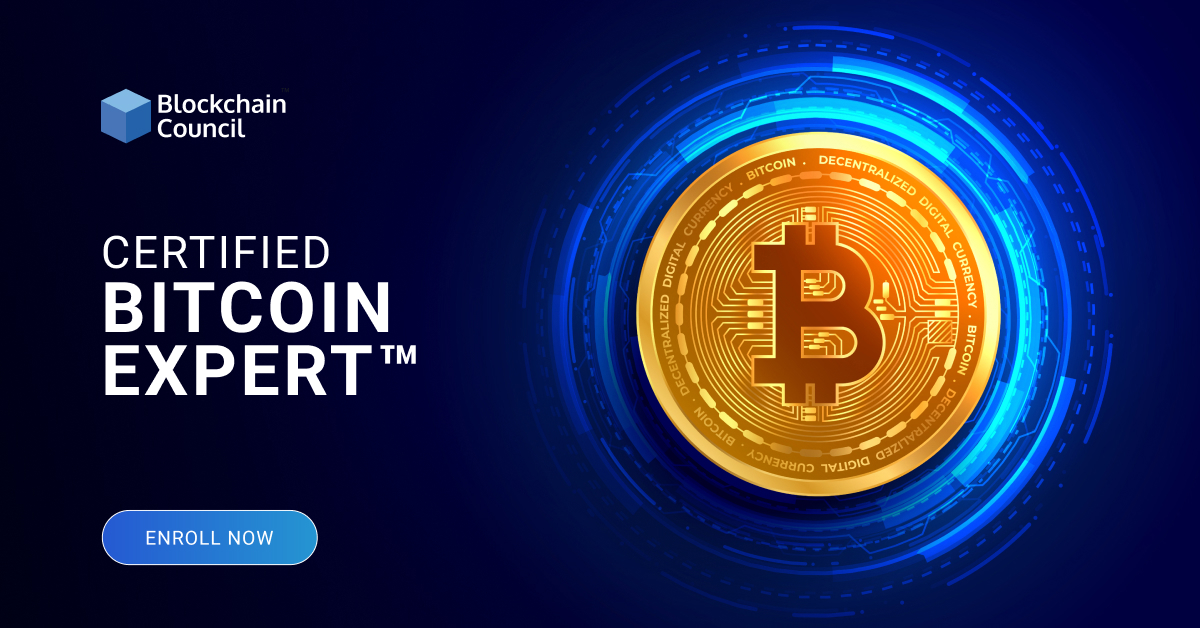


























































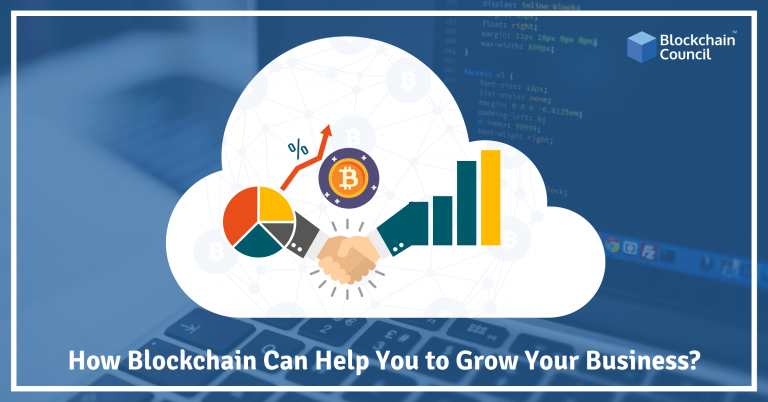
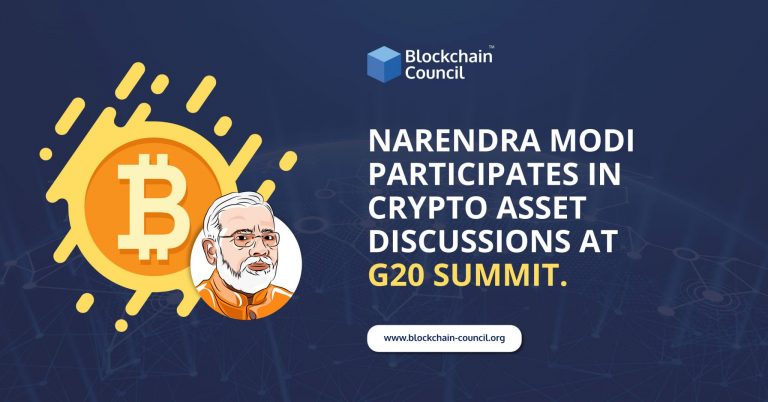
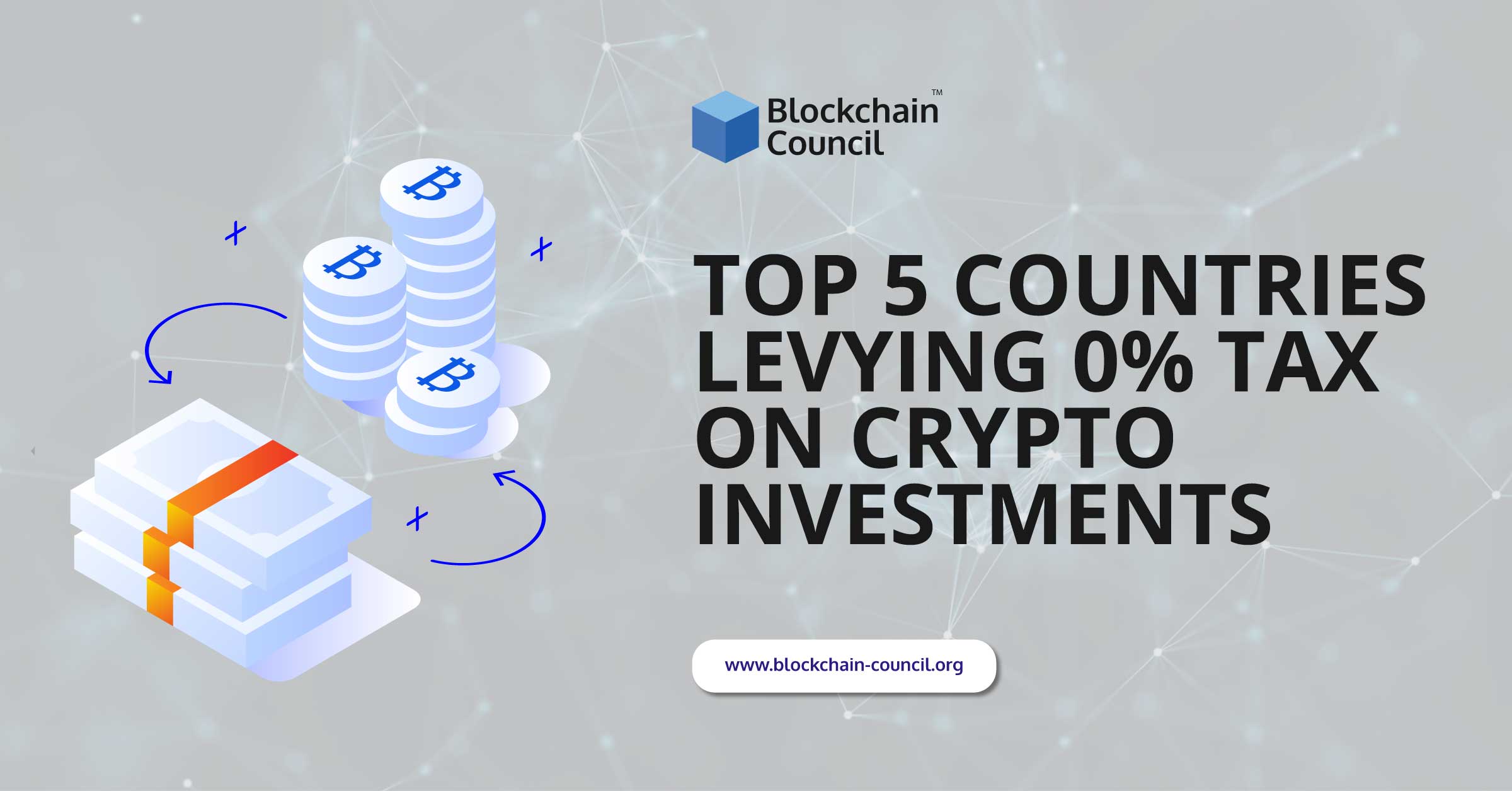
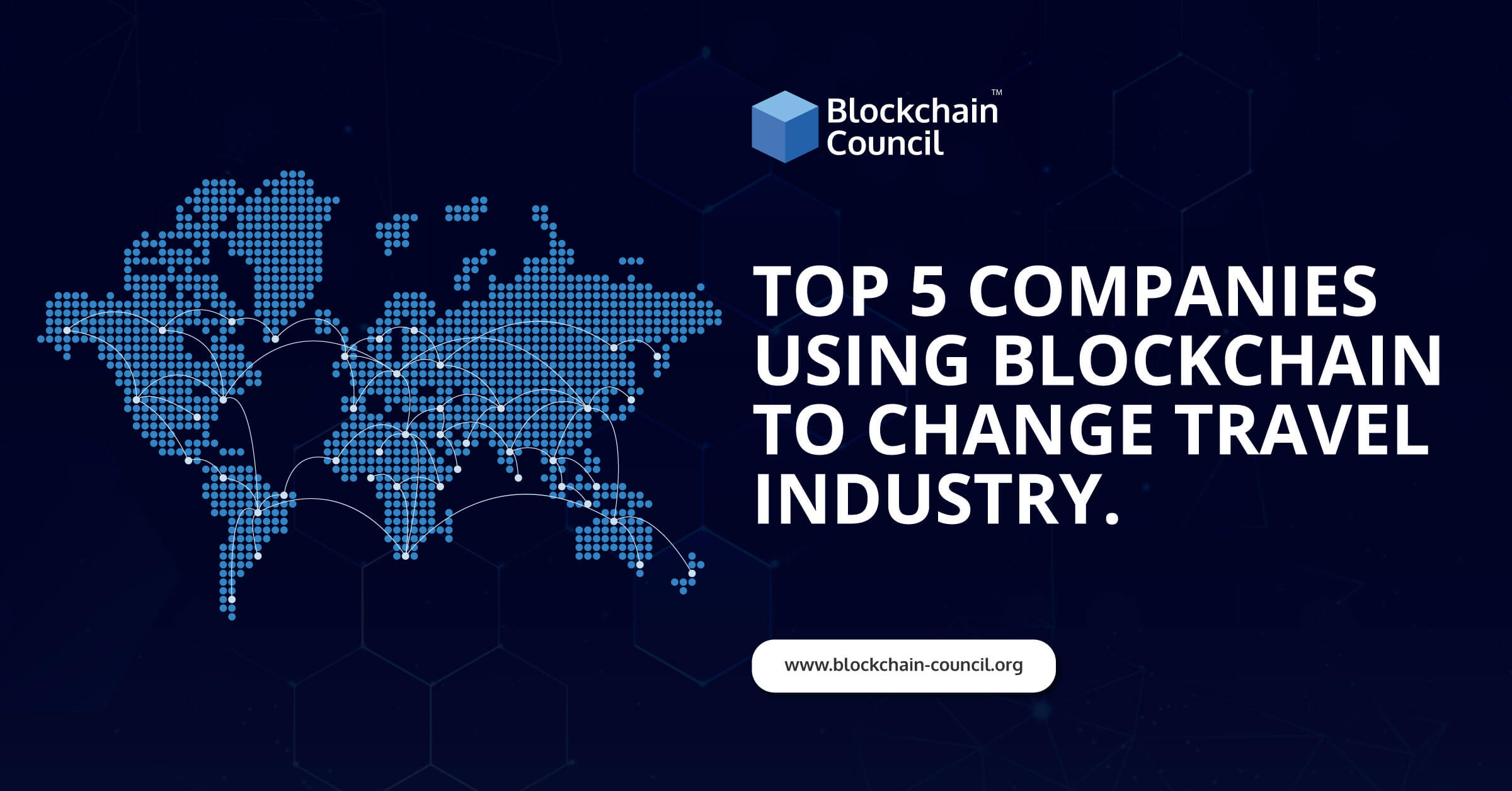
 Guides
Guides News
News Blockchain
Blockchain Cryptocurrency
& Digital Assets
Cryptocurrency
& Digital Assets Web3
Web3 Metaverse & NFTs
Metaverse & NFTs
